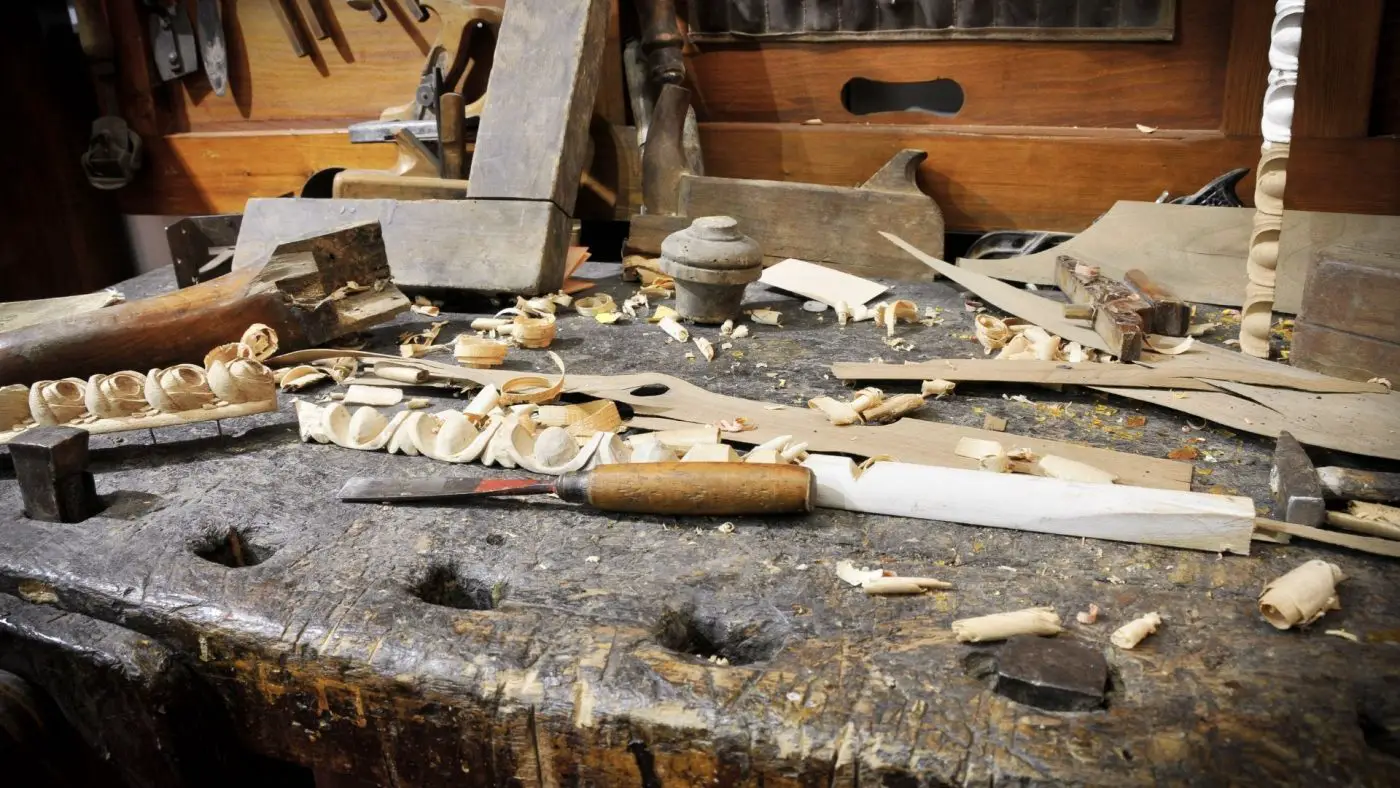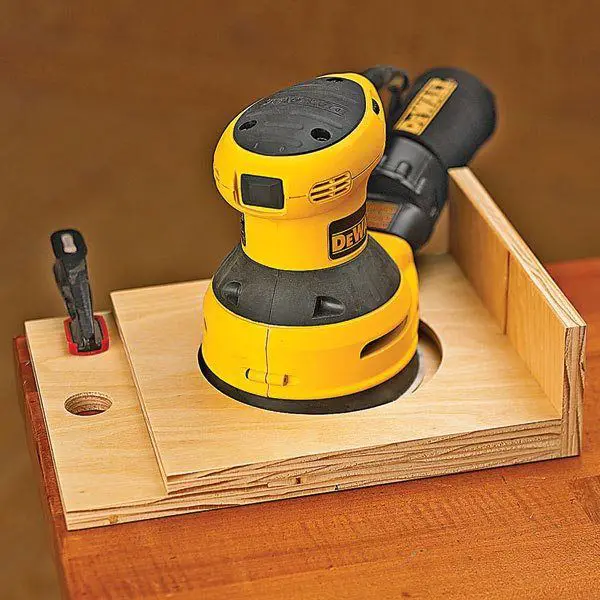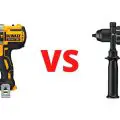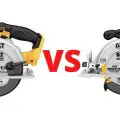Power Tools
Best Holdfast for Woodworking
Up until the 1920s, holdfasts were so popular that you could always spot a few of them wherever there was a workbench. Holdfasts were the preferred tool for securing work to benches long before the era of metal vises began.
They eventually fell out as woodworkers gravitated to mechanical securing devices like bench dogs. However, holdfasts are steadily making a resurgence for two reasons:
They’re incredibly easy to use
They secure horizontally and vertically
Many woodworkers are still oblivious to the benefits of using holdfasts, so this article covers everything you need to know about them. By the end of it, you’ll know whether or not you need one and where you can buy one immediately.
Buying a Holdfast: What You Need to Know
Hand-forged vs. Manufactured
There is a clear difference between manufactured and hand-forged holdfasts. While we can’t explain why a holdfast from your local blacksmith is likely to outshine a mass-produced one.
There isn’t much to expect from a holdfast. It’s only important that it’s the right fit for your workbench. Holdfasts go into the holes in your workbench, and the benefit of buying from a blacksmith is that they can tweak it to match your unique setup.
Style and Material
Hand-forged holdfasts are mostly made out of cast iron. Cast iron holdfasts have a little flex to them, making them less brittle and more durable.
The most durable manufactured holdfasts are made out of formed wire. Because they cost about $20 a piece, these are a lot less expensive than forged holdfasts, which cost between $75 and $100.
Formed wire holdfasts are less flexible and more brittle in the long run, but the good news is that they’re available in different sizes, so you can find a size that matches the thickness of your workbench.
Cast-style holdfasts are very cheap and, therefore, a good jump-off point into the world of holdfasts. Their main disadvantage is that they can be very short. These holdfasts have nearly no flex, making them extra brittle. You’re usually better off investing in something more durable, but if you’re strapped for cash and need a temporary holdfast, these will work in a cinch.
What are Holdfasts Used for?
There are several good reasons to have a functioning holdfast with you at all times. Here are just a few of them:
Mortising – Creating mortises on wood requires tremendous amounts of bottom support. That’s why you can’t mortise with a face vise. Holdfasts are surprisingly handy for this task because they allow both your hands to be free, even when prising out waste material.
Use together with your face vise – The versatility of the holdfast allows it to morph from a peg in your apron hole to a handy vice. A holdfast can easily do the job of a sliding board jack, which helps to support the edges of wider boards when mounted vertically using your face vise.
Holdfasts perform a wide variety of jobs, most of which involve securing wood stock on the workbench. Seasoned carpenters may prefer them because they leave no marks and are super easy to lock and unlock.
Once you slide the holdfast into any hole on your workbench, you only need to whack it to secure it. Tapping it on the back once usually releases its grip.
Buying the Right Holdfast
They say that every holding problem in woodworking can be solved with a holdfast and a stray nail. There is some truth to that, especially since holdfasts can be used with hand tools and power tools without much fuss.
Essential as a hammer, yet unique as a customized workbench, a holdfast could solve most of your securing issues. These are some options to consider if you’re a first-time buyer.
Pony Jorgensen 8” Holdfast
The versatile 8-inch Pony clamp is built from solid iron with a baked enamel finish, so its durability is never questioned. It weighs 2.2 pounds, which is a good weight for a holdfast, and has a maximum reach of 4 inches.
The reach of your holdfast determines how large or small wood stock must be to fit. This particular holdfast is standard-sized, plus it goes into pre-drilled holes measuring 11/16 inches.
The exact length is 8.3 inches, so this holdfast is suitable for a wide variety of setups. It comes with a limited lifetime warranty, which is proof of its great build quality.
DTC Bench Holdfasts (8 inches) for Woodworking (2-Pack)
Even though holdfasts are traditionally cheap, you can save even more money with this value pack. This pair of DTB bench holdfasts measures 8.3 inches and have about 4 inches of reach. Furthermore, they’re built from steel alloy, tough material with a bit of bend.
These holdfasts are a perfect fit for benches of up to 2.5 inches in thickness. They require ¾-inch holes to mount, and you may need to fill the hole a bit to give them a secure hold.
The drop-forged steel is extremely durable and strong, but it has a slight degree of flex that allows it to provide a tight hold without putting too much stress on the shaft.
This manufacturer pays attention to the safety of your wood stock, and it’s why the holdfasts end in square 1.3 by 1.3-inch flats that don’t scratch or dig into the wood. You can also use scrap wood as padding between the wood and the holdfast.
POWERTEC 71528 8-inch Holdfasts (2-Pack)
Both of these holdfasts from POWERTEC have a maximum reach of 3.5 inches and a rough texture that prevents the marring of wood stock. The “as cast” finish is incredibly durable and roughened up to improve grip without affecting the quick-release design.
This pair of holdfasts may not be for professionals in need of a longer reach, but it suits most woodworkers just fine. They have been tested extensively on 1 ½ – 3-inch boards, so they are useful in a wide variety of situations.
Each of the holdfasts weighs 2.82 pounds, so they’re perfectly light enough to carry in your tool bag. You’ll need a hole measuring 3.5 inches in diameter to use this holdfast.
Why You Should Trust Us
At Woodworking Tool Guide, we know one size doesn't fit all! We cater to every woodworker, from beginner to pro, with insights and recommendations tailored to your skill level, project needs, and budget. We take the guesswork out of choosing the right tools, whether you're tackling your first crafting a masterpiece for the ages. So grab your chisel, join our community, and let's build something amazing together!
Woodworking Tool Guide wasn't just born, it sprouted from a seed of passion for the craft. What started as a joyful exploration blossomed into a trusted online haven for fellow enthusiasts like you. We pour our love into meticulously chosen review selections, meticulous hands-on testing, and lab-backed insights, all to empower you with reliable, comprehensive information you can build on. So, grab your tools, trust our guidance, and let's build something beautiful together!
Passion-Driven Expertise
Our journey started with a shared love for woodworking. The team behind the Woodworking Tool Guide is comprised of individuals who are not just writers but passionate woodworkers themselves. This shared enthusiasm ensures that our content is crafted with a deep understanding of the craft and an authentic appreciation for quality tools.
Top Tool Guides Online
Woodworking Tool Guide has rapidly ascended to become one of the premier online destinations for tool guidance. Our commitment to excellence and the accuracy of our information has positioned us as a reliable source for both beginners and seasoned woodworkers seeking trustworthy advice on the best tools for their projects.
User-Centric Approach
Our content caters to every woodworker, from rookies just starting out to seasoned pros tackling intricate projects. We tailor our insights and recommendations to your skill level, project needs, and budget, ensuring you find the perfect tools to match your unique woodworking journey. So step into your workshop, grab your tool belt, and let Woodworking Tool Guide be your trusted companion as you craft your masterpieces.
Continuous Support and Innovation
Woodworking is an ever-evolving craft, and so is our commitment to supporting you. We are dedicated to bringing you the latest information on woodworking tools, techniques, and trends. Our team is actively working to expand our content and bring you more valuable insights, ensuring that you stay well-informed in your woodworking adventure.
Hands-On Experience
Ditch the endless research rabbit hole! At Woodworking Tool Guide, we believe in actionable advice, not armchair analysis. We get our hands dirty, putting every tool through its paces in real-world woodworking scenarios. Whether it's the precision of a table saw, the versatility of a router, or the tactile satisfaction of a handplane, we test for performance, durability, and user-friendliness. No more sifting through dry specs – we deliver practical insights you can trust to transform your woodworking dreams into reality.
Woodworking Tool Guide isn't just a review site, it's your trusted companion on the sawdust-filled path to woodworking mastery. Our expert team, led by veteran David Jones, meticulously tests and explains tools in terms you understand. We cut through the jargon, bias, and confusion with real-world insights and honest evaluations. Join our passionate community, where decades of experience, cutting-edge knowledge, and shared love for the craft come together to guide you every step of the way. So grab your chisel, buckle up, and let's embark on this exciting woodworking adventure, together!








